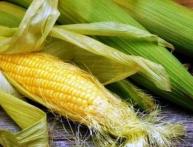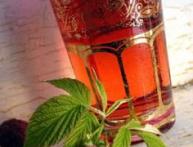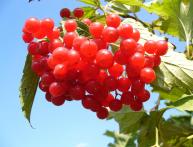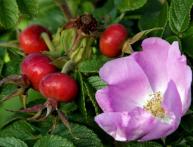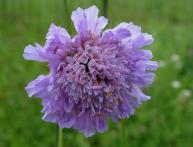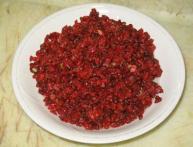Useful properties of viburnum

Very often, plant lovers grow shrubs such as viburnum in their gardens. This is a branched shrub that belongs to the honeysuckle family. The beneficial properties of viburnum are known to almost everyone, which is why they grow it on their plots.
Viburnum has white flowers that are collected in corymbose inflorescences. The fruits of this shrub are red in color, resemble oval drupes and have a bitter taste. Viburnum blooms from May to June, and begins to bear fruit in August-September.
Viburnum grows on the banks of reservoirs, rivers, in forest-steppe and forest zones. Viburnum is also very often grown as an ornamental or fruit plant.
The beneficial properties of viburnum are undeniable. Viburnum bark contains resins, viburnin, tannins, as well as resin-like complex firs. These esters contain organic acids, phytosterol, carotene, phylloquinone, calcium, ascorbic and many other acids.
Among the beneficial properties of viburnum are antispasmodic, hemostatic, astringent, antitumor, sedative, diaphoretic and expectorant effects.
Viburnum is very often used for hemorrhoidal and uterine bleeding, for painful menstruation, for neuroses, insomnia, hysteria, fibroma, gingivostomatitis, neuroses, gastric ulcers, cramps, colds, headaches, atopic dermatitis, acne, wounds, carbuncles, ulcers, boils .
To prepare an infusion of viburnum, the fruits in the amount of 2 tablespoons are crushed, poured with boiling water and boiled for a few more minutes, then the infusion is cooled and filtered. This infusion is used in a third of a glass 3-4 times a day.


